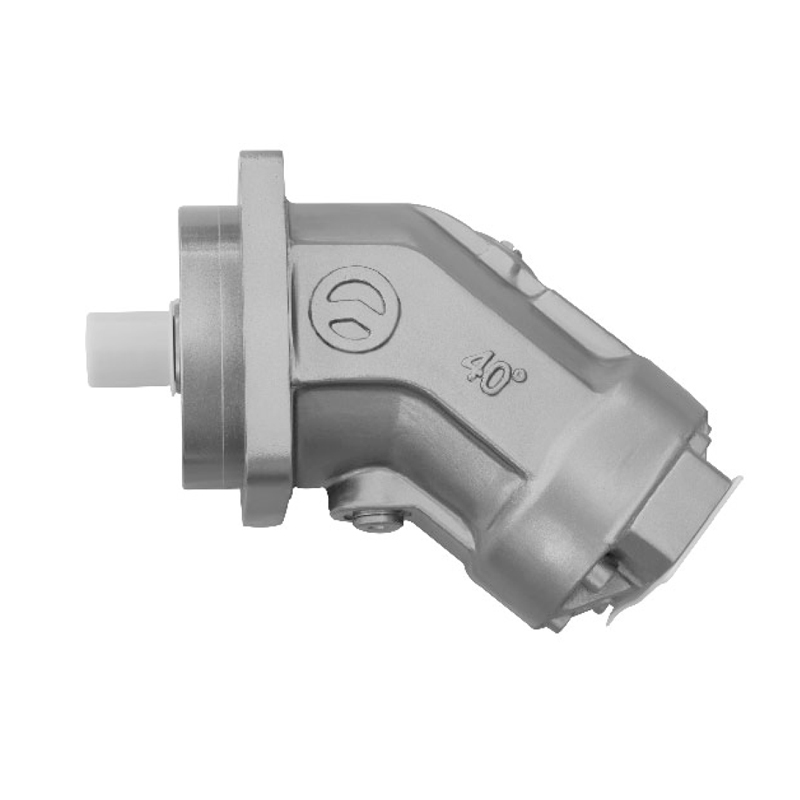The reliability and service life of Piston Motors are important indicators of their performance, which directly affect their application effects in the fields of industry, energy and machinery. The following is a detailed analysis of the reliability and service life of piston motors:
Reliability
Definition and Importance: Reliability refers to the ability of piston motors to operate stably and complete predetermined tasks under various working conditions. High reliability is particularly important for equipment that needs to work continuously for a long time, such as oil extraction or wind power generation.
Influencing factors:
Material quality: High-quality materials (such as high-strength steel, corrosion-resistant alloys or high-performance seals) can significantly improve the reliability of the motor.
Design optimization: Reasonable structural design (such as reducing friction, optimizing lubrication systems and enhancing sealing performance) helps to reduce the failure rate.
Manufacturing process: Precision machining and strict quality control can ensure the matching accuracy between the various components of the motor, thereby improving the overall reliability.
Use environment: Extreme temperature, high pressure or corrosive media may have a negative impact on the reliability of the motor.
Actual performance:
In hydraulic piston motors, a reliable sealing system is key, because leakage may lead to reduced efficiency or even downtime.
In pneumatic piston motors, air tightness and valve response speed directly affect their reliability.
In electric piston motors, the stability of the electronic control system and cooling system determines its long-term reliability.
Service life
Definition and importance: Service life refers to the length of time from the beginning of use of a piston motor to the time it cannot work properly due to wear or damage. Long life means lower maintenance costs and higher economic benefits.
Influencing factors:
Wear and fatigue: Key components such as pistons, cylinders and seals will suffer from wear or fatigue failure due to long-term use.
Lubrication conditions: Good lubrication can reduce friction and extend component life.
Maintenance: Regular inspection and maintenance (such as replacing seals and cleaning filters) can significantly extend the service life of the motor.
Workload: Overload or frequent start and stop will accelerate the aging of the motor.
Actual performance:

The service life of a hydraulic piston motor usually depends on the cleanliness of the hydraulic oil and the durability of the seals.
The life of a pneumatic piston motor is greatly affected by air quality and valve durability.
The life of electric piston motors is closely related to the performance of motor windings, bearings and controllers.
Ways to improve reliability and service life
Material upgrade
Use high temperature resistant, corrosion resistant or high strength materials to manufacture key components, such as:
Cylinder: Use high strength alloy steel or lightweight aluminum alloy.
Seals: Choose oil resistant and temperature resistant fluororubber or polyurethane materials.
Piston: Use surface hardening or coating technology to reduce wear.
Design optimization
Reduce friction: Reduce friction loss by optimizing the matching clearance between piston and cylinder.
Enhance sealing: Use multi-stage sealing or dynamic sealing design to prevent leakage.
Improve heat dissipation: Add heat sink or cooling system to reduce operating temperature.
Intelligent monitoring
Integrated sensors monitor the status of the motor (such as temperature, pressure, vibration, etc.) in real time to detect potential problems in time.
Introduce predictive maintenance technology to predict the remaining life of components based on data and take measures in advance.
Maintenance and maintenance
Regularly check seals, lubrication systems and filters to ensure they are in good condition.
Replace severely worn parts to avoid major failures due to minor problems.
The reliability and service life of piston motors depend on many factors, including material selection, design optimization, manufacturing process, and operating environment. By selecting high-performance materials, improving structural design, and strengthening maintenance, their performance and service life can be significantly improved. At the same time, with the development of intelligent and lightweight technologies, piston motors will show higher reliability and longer service life in more fields in the future to meet diverse needs.

 English
English русский
русский Español
Español عربى
عربى

